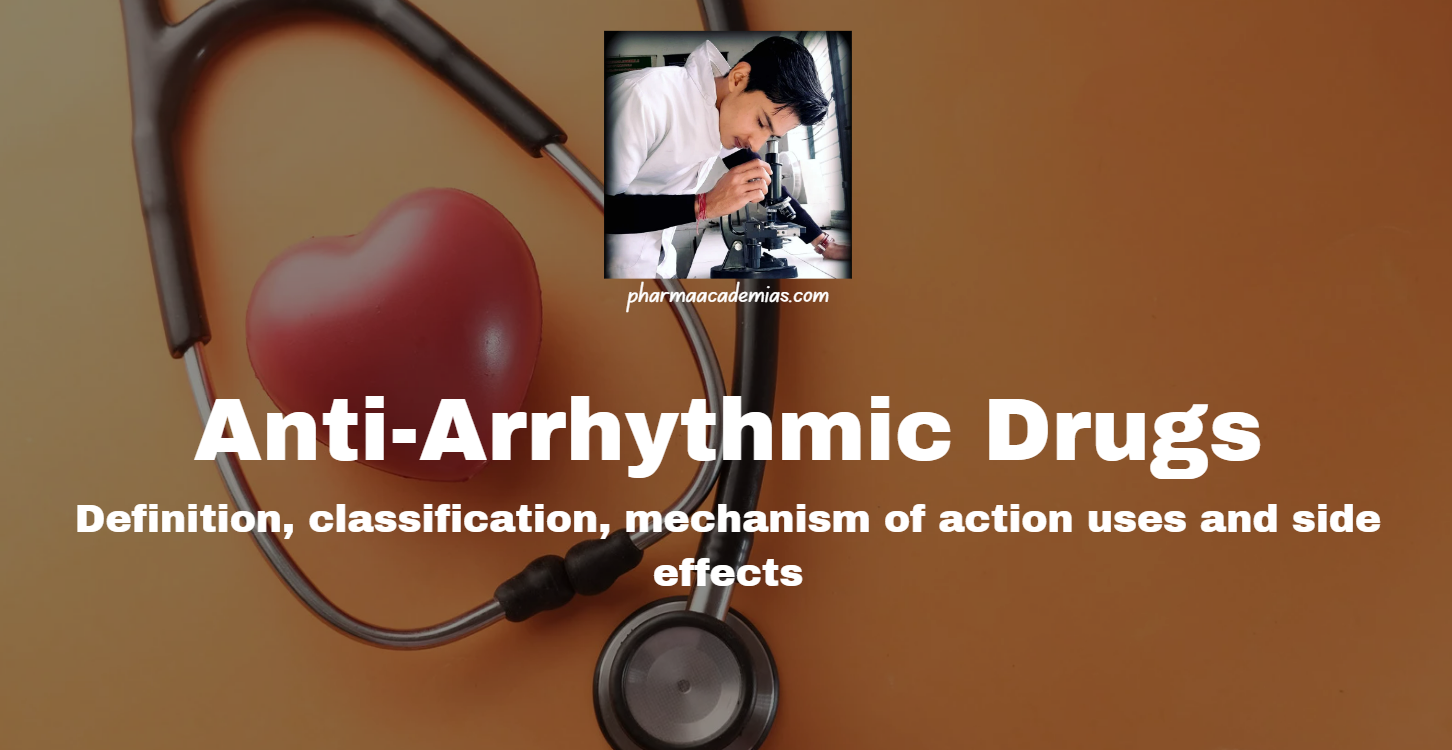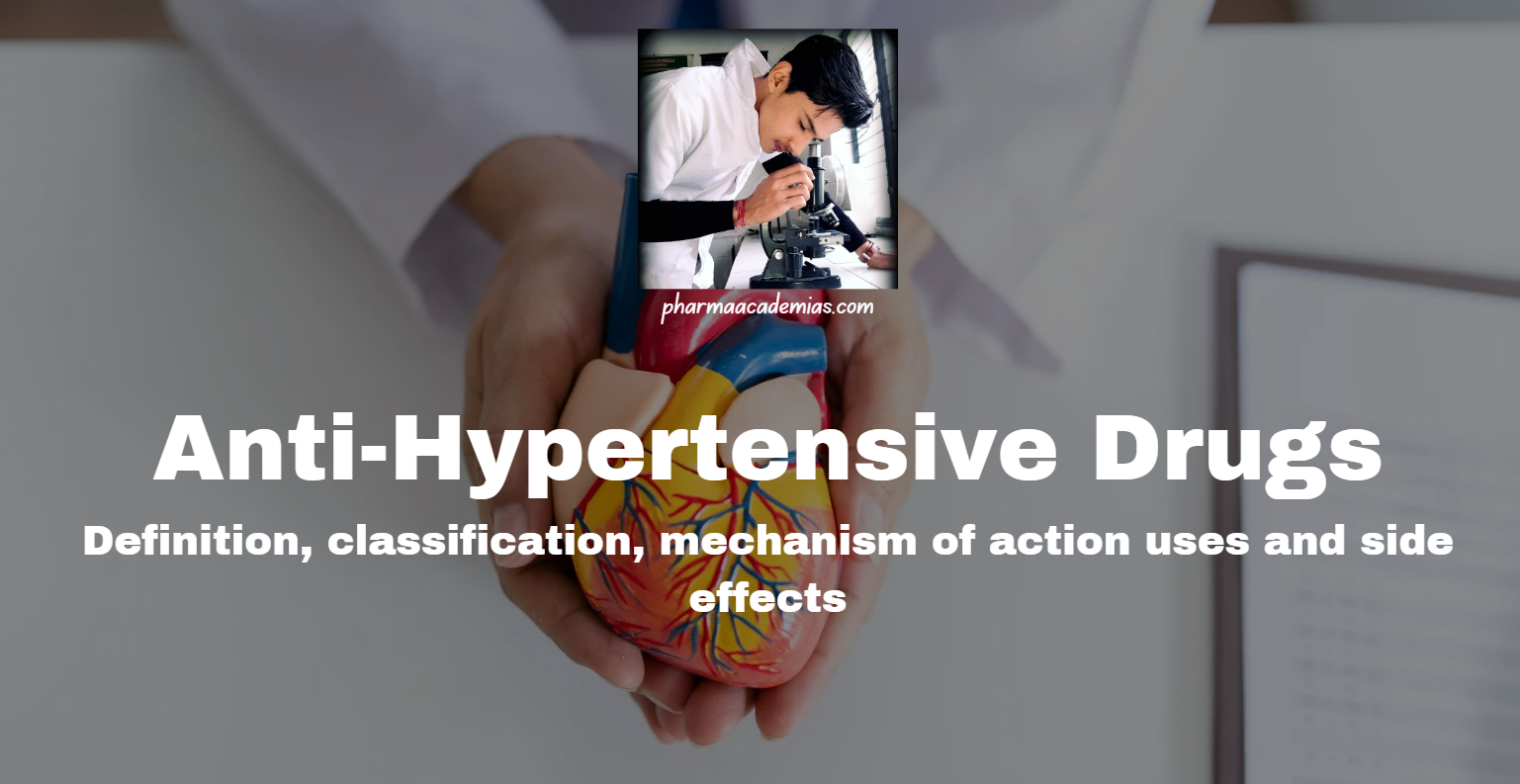Fibrinolytics (Thrombolytics)
Fibrinolytics, also known as thrombolytic agents or clot-busting drugs, are a class of drugs that dissolve blood clots by breaking down fibrin, the structural protein of clots. They work by activating plasminogen to plasmin, which degrades fibrin and helps restore normal blood flow. These agents are commonly used in the treatment of conditions such as … Read more









